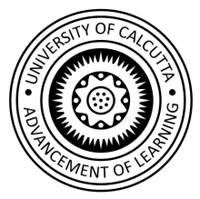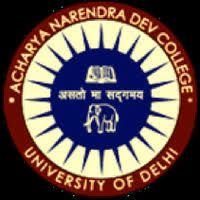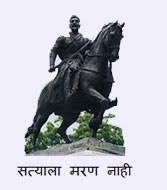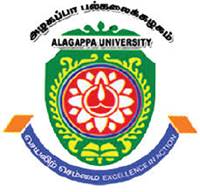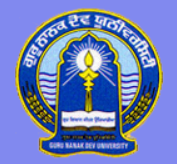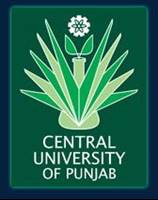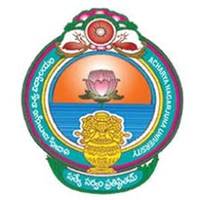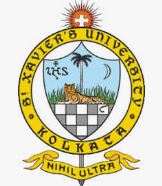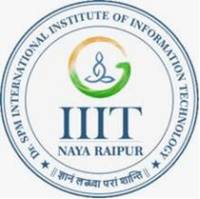Narendra Dev University of Agriculture & Technology (NDUAT)
On January 15, 1974 the foundation stone of Narendra Dev University of Agriculture & Technology was laid by the then Hon’ble Prime Minister of India late Smt. Indira Gandhi at Mashodha near Faizabad city. Shri Laxmi Narain Rai, a PCS officer of Agriculture Department, Government of UP,was deputed as officer on special duty. After a few months, he was succeeded by Dr. A.S. Srivastava who took over in October, 1974. Thereafter on 21,1975 the govenment of UP decided that the main campus of the university would be established at Kumarganj,Faizabad instead of Mashodha.
Shri A.D. Pandey, IAS (retired) was apponted the first Vice-Chancellor of the unversity on 10thoctober,1975.The unversity started functioning in a borrowed building of Gram Swalabi Vidyalaya Acharya Nagar, Naka, Faizabad. DR. R.P.Chandola joined as the first Registrar of the university on november 1975. A committe was constituted for the site selection of Academic, administrative and resdential blocks of the unversity at kumarganj.The committee submited its report on 22ndJanuary,1976.On july 10,1976. The paddy research station located at,Mashodha.Ghghra Ghat along with ECF and NDS schemes were transferred to the University by the government and U.P. Institute Agril. Science, Kanpur which therafter formed the nucleus of the research at the Unversity. Dr.Kirti Singh took over the first Dean of the Agril. faculty on february,12, 1977 got approved creation of 20 departments in the college of agriculture.
The Mahamaya college of Agriculture Engineering and Technology(MCAET) a constituent college of ND unversity of Agriculture and Technology, Kumarganj, Faizabad was established in 2002 at Ambedkarnagar by upgrading the department of agriculture engineering in the college of agriculture to cater the needs of development of engineering and Technoloy to suit the condition of the farmers of Eastern Uttar Pradesh characterised by problems of user lands,water looked poorly drained soils scant power supply,small holdings, low purchasing power and poor rural infrastructure.





